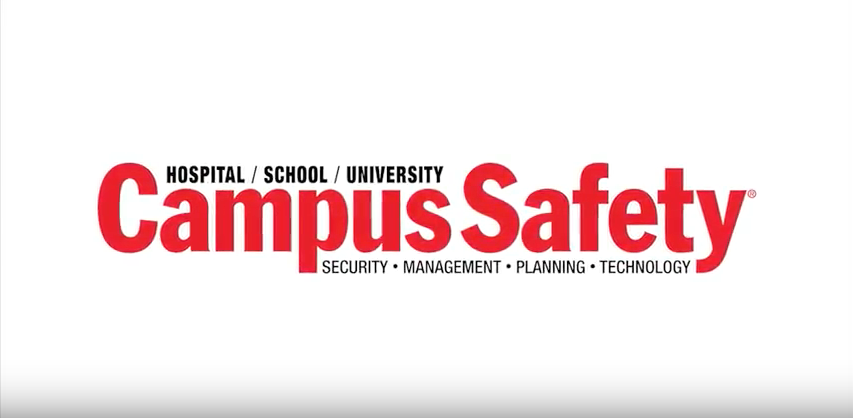Campus Safety recently sat down with Chris Dorn of Safe Havens International, a non-profit security consulting organization, to discuss the process of planning for emergencies at schools across the country.
Dorn talked about the importance of taking an all-hazards approach to emergency preparedness and also discussed the benefits of conducting medical triage training, a lesson that was reinforced to emergency management officials in the wake of the tragic mass shooting in Las Vegas last year.
“The medical recovery could take days, hours, weeks, where we may see the death toll rise greatly if we haven’t addressed [triage training] at the onset [of emergency planning],” Dorn says.
Dorn says his organization looks at things like how many operating rooms there are in local hospitals and whether or not communities should arrange for MedFlights to other hospitals in the area in the event of a catastrophic incident.
[promo_content slug=”safe-havens-intl-csc-2018-promo”]
That kind of broad planning pays dividends across a wide range of emergencies, from natural disasters to multiple-vehicle car accidents.
In fact, there is a concern among some experts in the industry that schools are focusing too much on the threat of active shooters at the expense of other dangers or threats to campus.
“The simple fact is that we know each year in schools we’re going to have medical emergency deaths, we’re going to have traffic deaths,” Dorn says. “… and so it’s really important that we take an all-hazards approach.”
The process of emergency planning at K-12 schools is difficult because of the time and budget constraints district officials have to deal with.
“We look for ways, first off, that build general levels of awareness, and with scenario-based training, build a broad base of expertise and empowerment for staff while again realizing we have limited time to do that.”
Overall, Dorn says, school officials can put themselves in a good position to succeed by making emergency preparedness an ongoing priority throughout the school year.
“[Schools] may have that annual training… and then people over the course of the year may forget that or it may become less relevant to them, but if we can do something like that in some form, even if it’s shorter, but then every month or every week we spend five minutes here or there, we can look at really increasing the amount of time of staff training,” Dorn says. “And we can also increase the amount of breadth, where it’s not just something we think about once.”
Indeed, many people in the industry have emphasized the idea that planning for emergencies on campus is too important to leave to an annual event.













